What is a Twist Packing Machine?
A Twist Packing Machine is a specialized piece of equipment used in the packaging process, primarily for candies, chocolates, and other confections. This machine wraps individual candy pieces in twist-style wrappers, providing a secure seal that helps preserve the freshness, flavor, and texture of the products. The twist wrapping method involves twisting the ends of the packaging material, creating a neat, compact, and easy-to-handle package.
The Twist Packing Machine is commonly used in the production of individually wrapped candies such as toffees, caramels, hard candies, and chocolates. The packaging is not only functional but also serves as a form of branding, as the wrapped candies can be easily recognized by their distinctive twist-style packaging.
Key Functions of a Twist Packing Machine
Candy Wrapping
The primary function of a Twist Packing Machine is to wrap candies in twist-style packaging. This machine wraps each candy individually with a piece of film or paper, then twists both ends to seal it tightly. The result is a well-secured candy that is protected from external contaminants such as air and moisture, which helps maintain its quality.
Sealing
Once the candy is wrapped, the Twist Packing Machine ensures that the wrapping material is securely twisted at both ends to create a tight seal. This prevents the candy from becoming exposed to air, which could cause it to lose its freshness and flavor. The machine can adjust the twisting force to suit different candy sizes and packaging materials.
High-Speed Operation
A Twist Packing Machine is designed for high-speed operation, making it ideal for large-scale candy production. It can wrap and seal hundreds or even thousands of candies per minute, significantly increasing productivity. This speed is achieved through automation, which reduces the need for manual labor and improves overall packaging efficiency.
Packaging Materials
Twist Packing Machines can work with various types of wrapping materials, including:
Plastic Film: A common material for wrapping candies, offering flexibility and durability.
Aluminum Foil: Used for premium candies, offering a more luxurious appearance and protecting the product from moisture.
Paper: Often used for traditional candy types, offering an eco-friendly wrapping solution.
The machine can be customized to work with different materials depending on the candy type and packaging requirements.
Counting and Sorting
Many Twist Packing Machines are equipped with automatic counting and sorting systems. These systems ensure that the correct number of candies is wrapped and that each candy is sorted based on size, weight, or type. This ensures consistency and prevents errors in the packaging process.
Customization
The machine can be adjusted to accommodate different candy shapes and sizes, ensuring that the packaging fits the product perfectly. It can handle various wrapping styles, such as flat, square, or cylindrical packaging, depending on the candy's design.
Labeling
In some cases, a Twist Packing Machine is integrated with a labeling system, which applies product labels to the wrapped candies. These labels provide essential product information, such as the brand name, ingredients, expiration date, and nutritional facts. This feature is important for consumer transparency and legal compliance.
Types of Twist Packing Machines
Single Twist Packing Machine
A Single Twist Packing Machine is designed to wrap individual pieces of candy using a single twist at both ends of the wrapping material. This type of machine is commonly used for candies like toffees, chocolates, and caramel chews, where a simple, elegant packaging style is required.
Double Twist Packing Machine
A Double Twist Packing Machine offers a more secure and tightly wrapped package. This machine twists both ends of the candy wrapper twice, providing an even stronger seal. It is ideal for larger candies or candies that require extra protection during storage and transportation.
Multi-Function Twist Packing Machine
Some Twist Packing Machines are multi-functional and can be used for a variety of products, including candies, chocolates, and other confections. These machines come with adjustable settings, allowing manufacturers to switch between different types of wrapping and sealing styles with ease.
Benefits of a Twist Packing Machine
| Benefit | Description |
|---|---|
| Efficiency | The Twist Packing Machine operates at high speeds, automating the wrapping process and reducing manual labor. This leads to a significant increase in overall production capacity. |
| Consistency | The machine ensures that every candy is wrapped with uniform quality and precision, preventing packaging errors and ensuring consistency across all units. |
| Product Protection | Twist wrapping creates a secure seal that protects the candy from air, moisture, and contaminants, maintaining the candy's freshness and flavor. |
| Versatility | The Twist Packing Machine can handle various candy types and packaging materials, making it adaptable to different production needs. |
| Reduced Waste | The wrapping material is used efficiently, minimizing waste and reducing production costs. |
| Branding Opportunity | The machine’s ability to wrap candies in attractive, twist-style packaging can help enhance the visual appeal of the product, making it stand out on store shelves. |
How Does a Twist Packing Machine Work?
A Twist Packing Machine is an essential piece of equipment used in the confectionery industry to wrap candies and other small products. The machine automatically wraps candies with twist-style packaging, creating neat, compact, and visually appealing packages that ensure product protection. The operation of the Twist Packing Machine involves several key stages, each of which is designed to optimize efficiency and consistency while maintaining the quality of the wrapped candy. Here’s a detailed breakdown of how the machine works:
1. Feeding the Candies
The process begins with the feeding system of the Twist Packing Machine, where the candies are loaded onto the conveyor system. The candies move in a controlled manner through the machine, ensuring that each piece is properly positioned for wrapping.
Conveyor System: The conveyor gently moves the candies towards the wrapping station, keeping them in an orderly arrangement for packaging.
2. Wrapping Process
As the candy moves along the conveyor, the wrapping material (usually plastic film, foil, or paper) is unrolled and placed around the candy. The machine uses a set of rollers and guides to position the wrapping material correctly.
Material Unrolling: The wrapping material is fed into the machine and unrolled to the required length. The machine ensures that the wrapping material is perfectly aligned, preventing any misalignment during the wrapping process.
Automatic Wrapping: The candy is placed in the center of the wrapper, and the machine wraps the material around it. The wrapper is then twisted at both ends of the candy, securing the candy inside.
The wrapping machine ensures that the material is tightly sealed, protecting the candy from air, moisture, and other external elements that could affect the product’s quality.
3. Twisting and Sealing
After the candy is wrapped, the Twist Packing Machine moves to the critical step of twisting and sealing. The ends of the wrapping material are twisted tightly around the candy, ensuring the wrapper stays in place.
Twisting Mechanism: The machine uses mechanical arms or rotating rollers to twist the ends of the wrapper securely. The amount of twist can be adjusted to fit different candy sizes and the type of wrapping material used.
Sealing: The twisted ends are sealed tightly to prevent the candy from falling out or becoming exposed to the elements. The sealing process ensures the candy remains fresh and the packaging stays intact.
4. Cutting
Once the candy is wrapped and sealed, the cutting mechanism ensures that each candy is separated cleanly. The machine uses a precise cutting system to slice through the wrapping material, leaving each candy individually wrapped and ready for packaging.
Cutting Blade: A sharp cutting blade automatically trims the excess material and divides each candy from the rest of the production line.
5. Final Inspection and Sorting
After wrapping and cutting, the candies undergo a final inspection. The Twist Packing Machine may include a sorting system that checks for uniformity in size, shape, and wrapping quality.
Quality Control: The machine inspects each piece to ensure the wrapper is secure and the candy is intact. Candies that do not meet the required standards are removed from the production line automatically.
Sorting: The candies are sorted according to their size and packaging type, preparing them for the next step, which is either bulk packaging or individual packaging.
6. Packaging
Finally, the wrapped candies are transferred to a packaging station where they are grouped into larger packages or boxes, depending on the packaging requirements.
Bulk or Individual Packaging: The candies can be packed into boxes or bags for bulk sales, or they can be individually wrapped for retail purposes.
This final packaging step is usually automated, ensuring quick and efficient product handling, reducing the need for manual labor.
Summary of the Twist Packing Machine Operation
| Step | Description |
|---|---|
| Feeding the Candies | Candies are loaded onto the conveyor system, positioning them for wrapping. |
| Wrapping Process | The wrapping material is unrolled and wrapped around each candy piece. |
| Twisting and Sealing | The ends of the wrapper are twisted tightly, and the candy is securely sealed. |
| Cutting | A cutting mechanism separates each wrapped candy from the production line. |
| Final Inspection | The wrapped candies are inspected for quality and sorted by size and type. |
| Packaging | The candies are grouped into larger packages or individually packaged. |
A Twist Packing Machine is a highly efficient and reliable piece of equipment used for wrapping candies with twist-style packaging. By automating the entire wrapping process—from feeding and wrapping to twisting, sealing, cutting, and final packaging—it ensures consistency, quality, and speed in production. The machine’s design offers flexibility in handling different candy types and sizes, making it a crucial part of modern candy manufacturing operations.


 ENG
ENG
 English
English 中文简体
中文简体 русский
русский Français
Français Español
Español عربى
عربى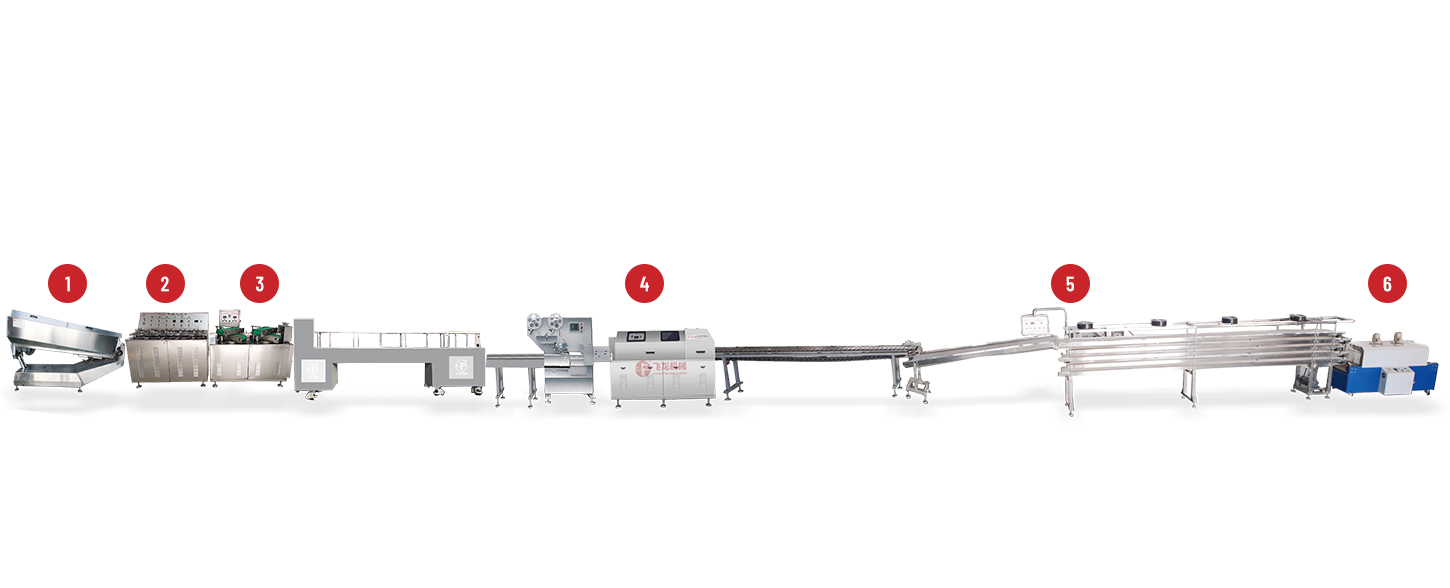
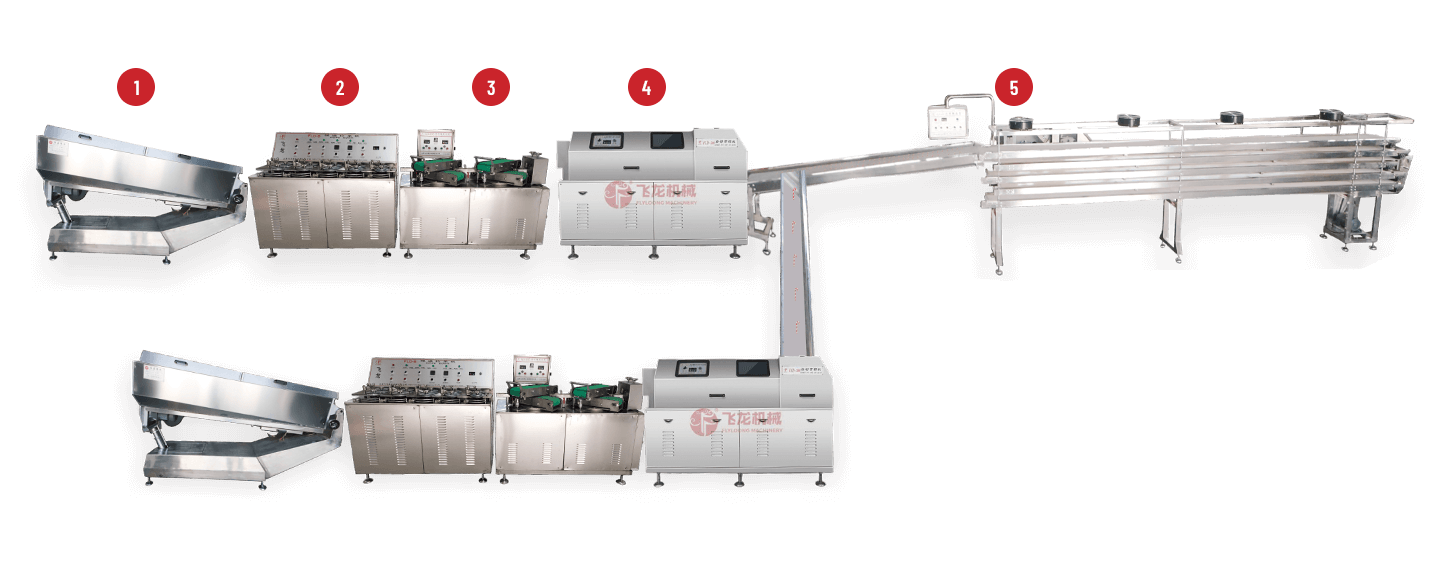
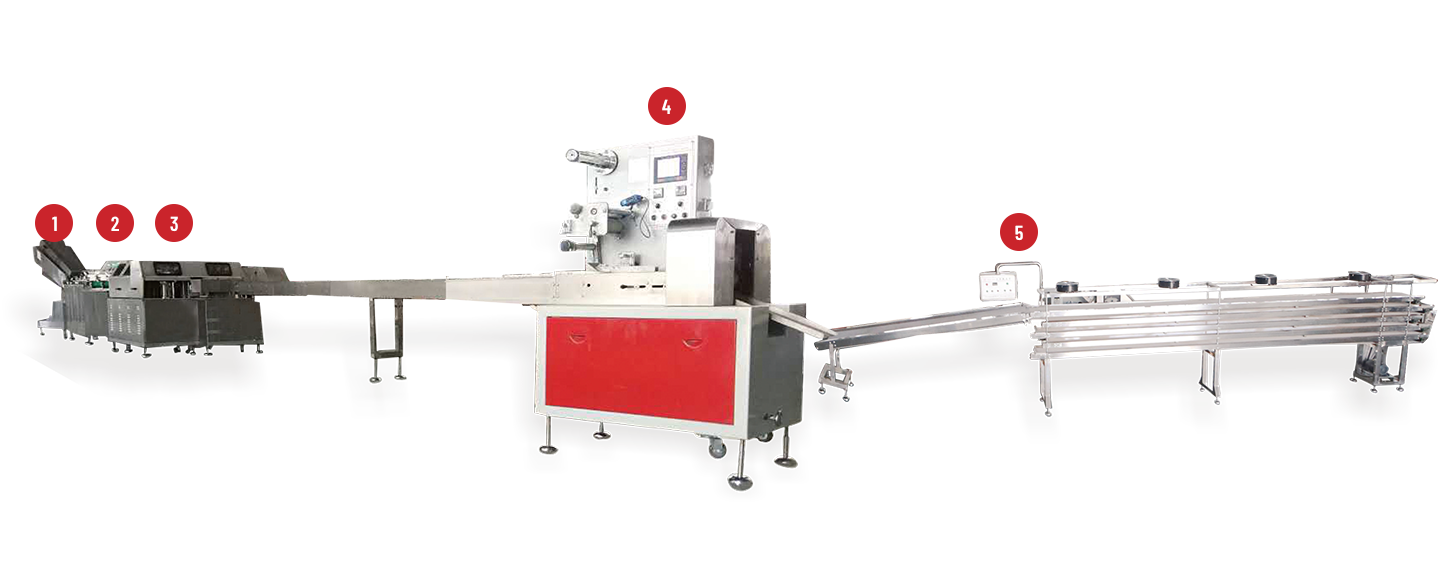
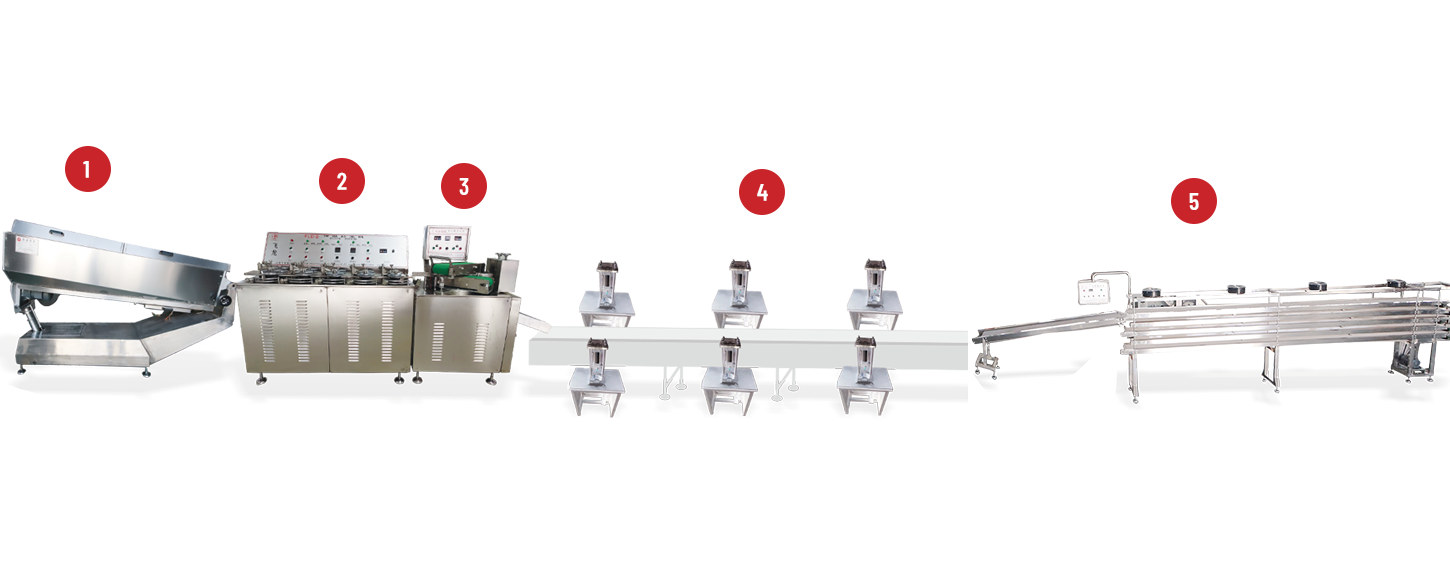
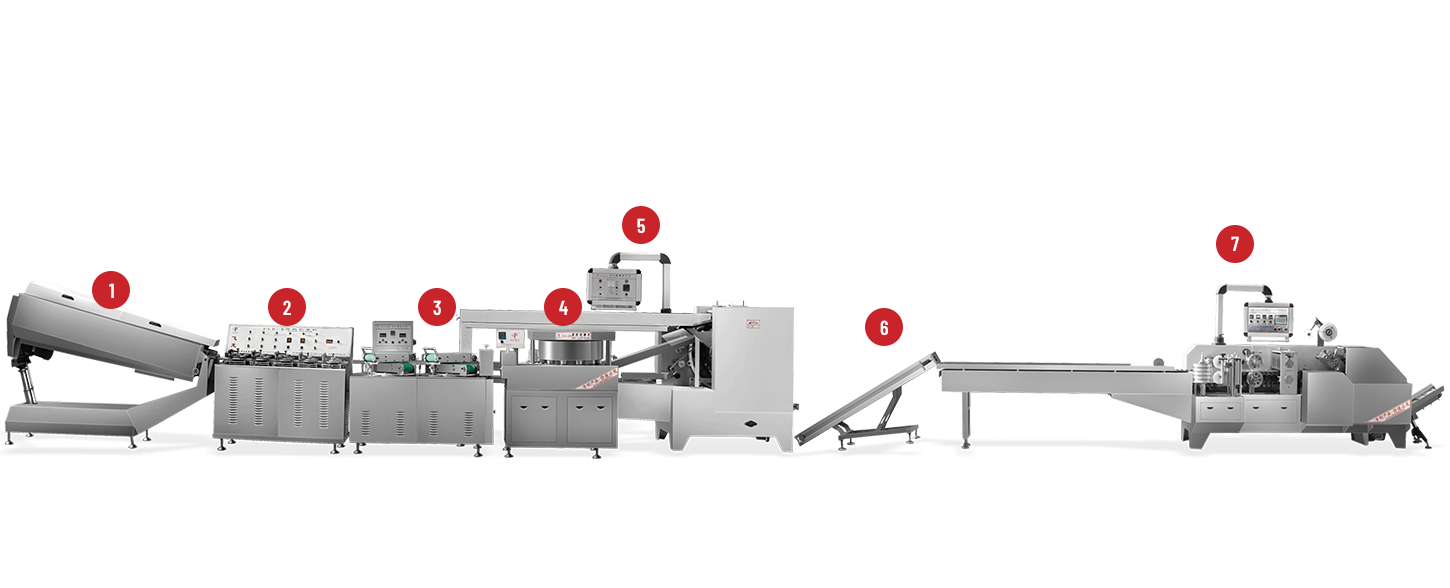
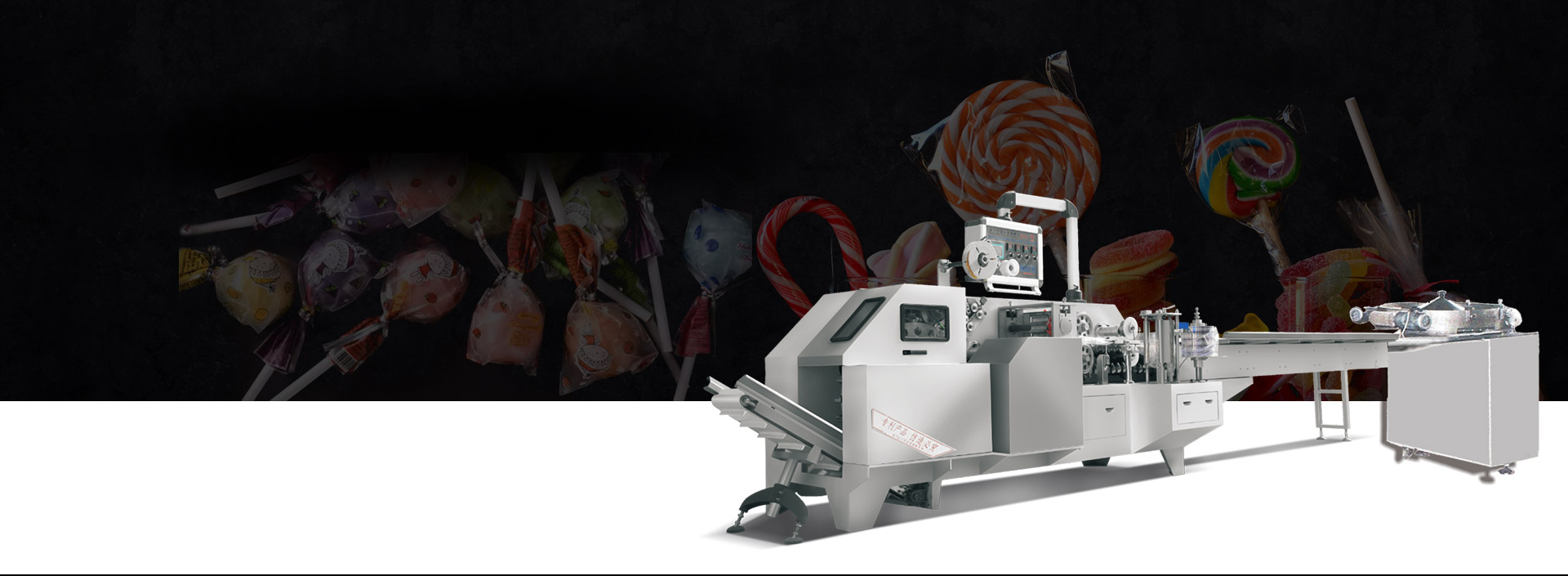
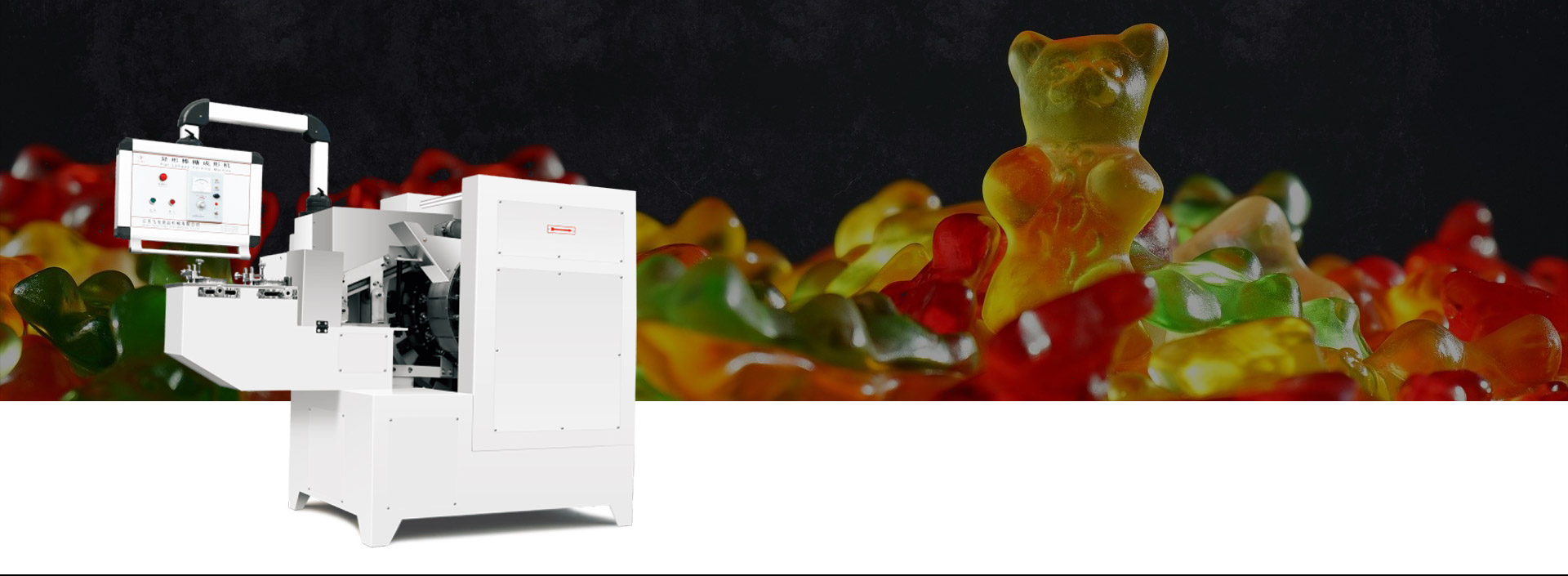
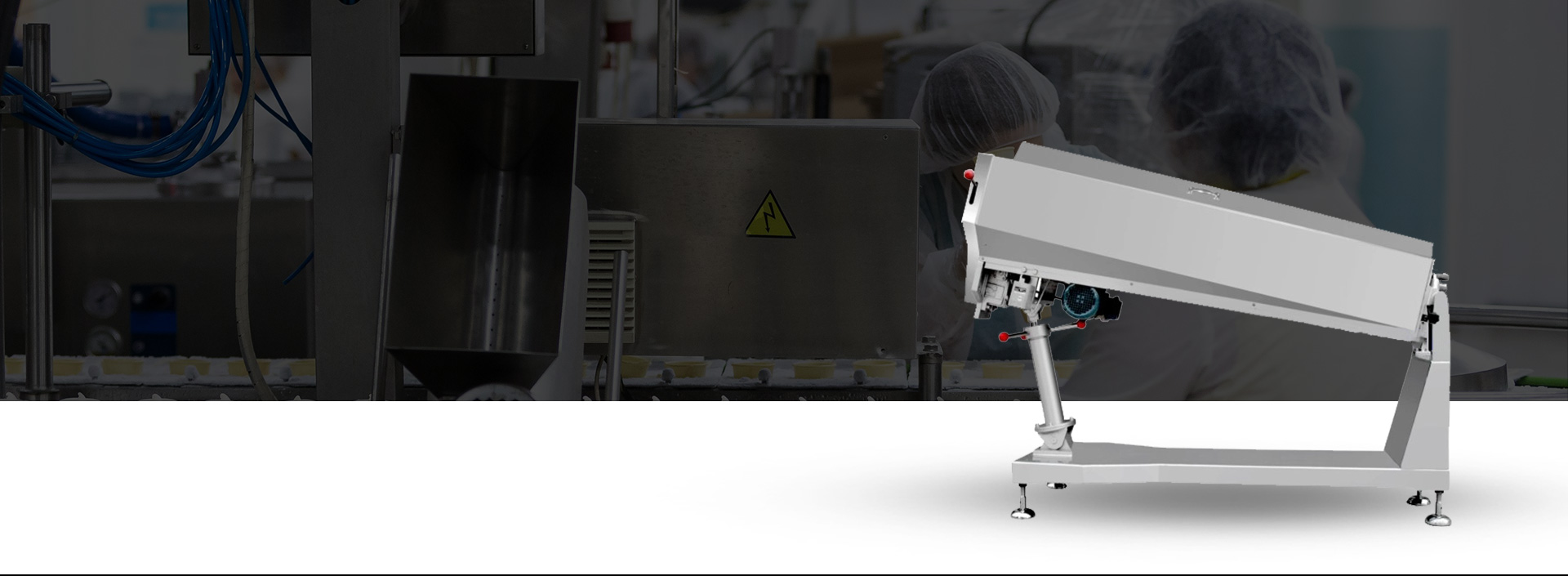
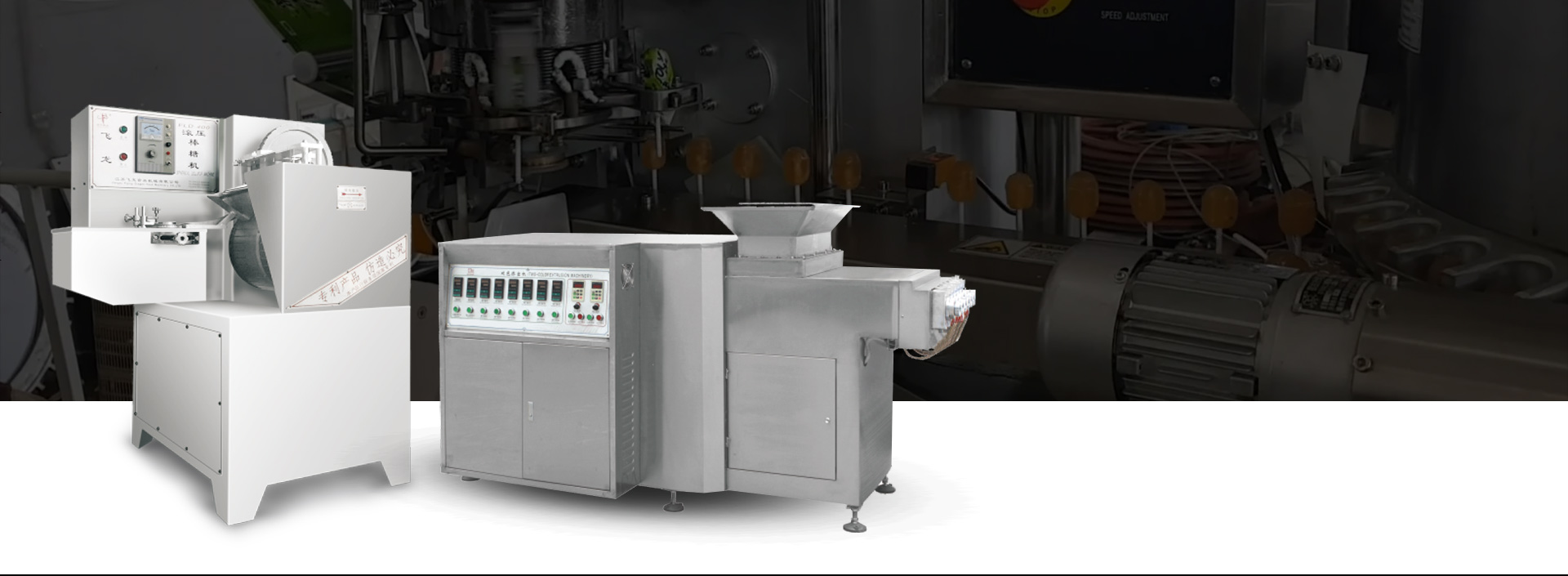
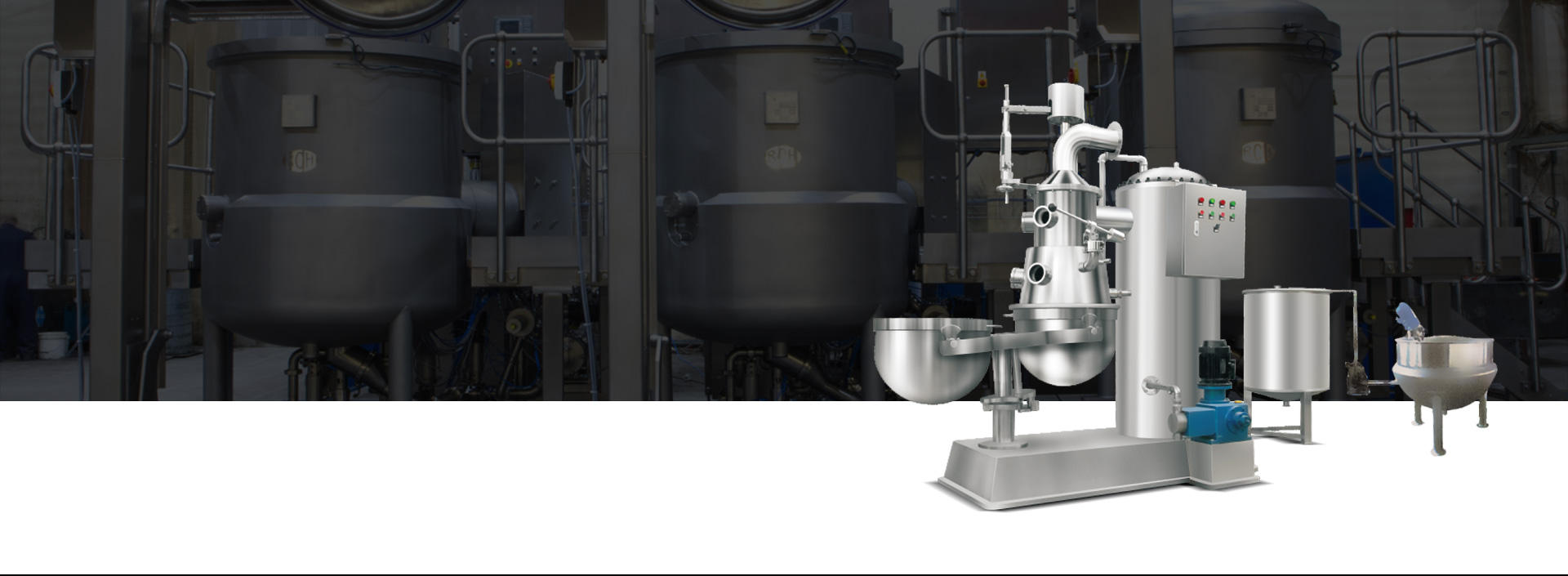

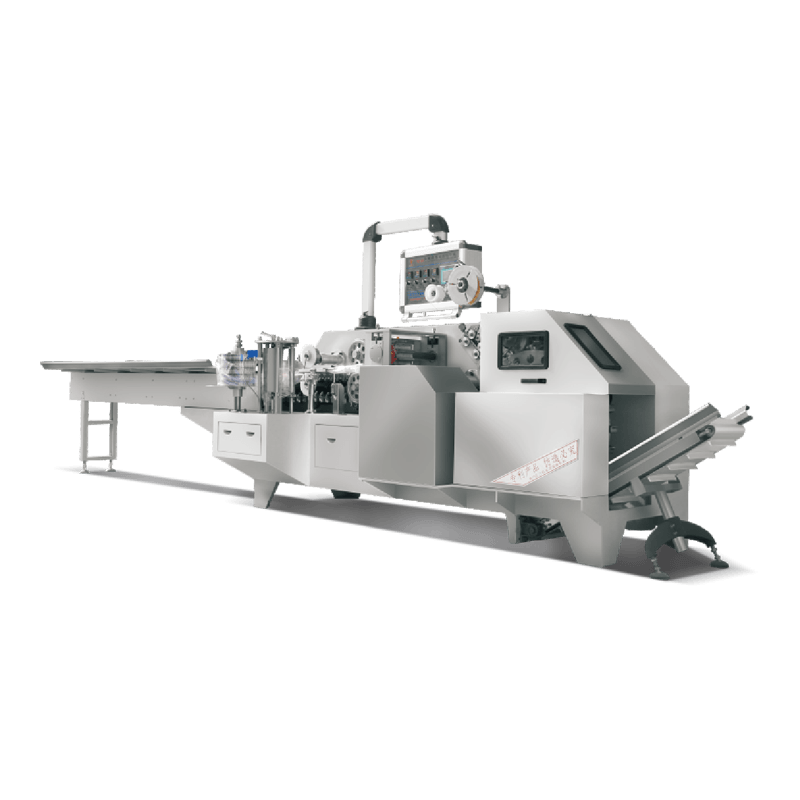
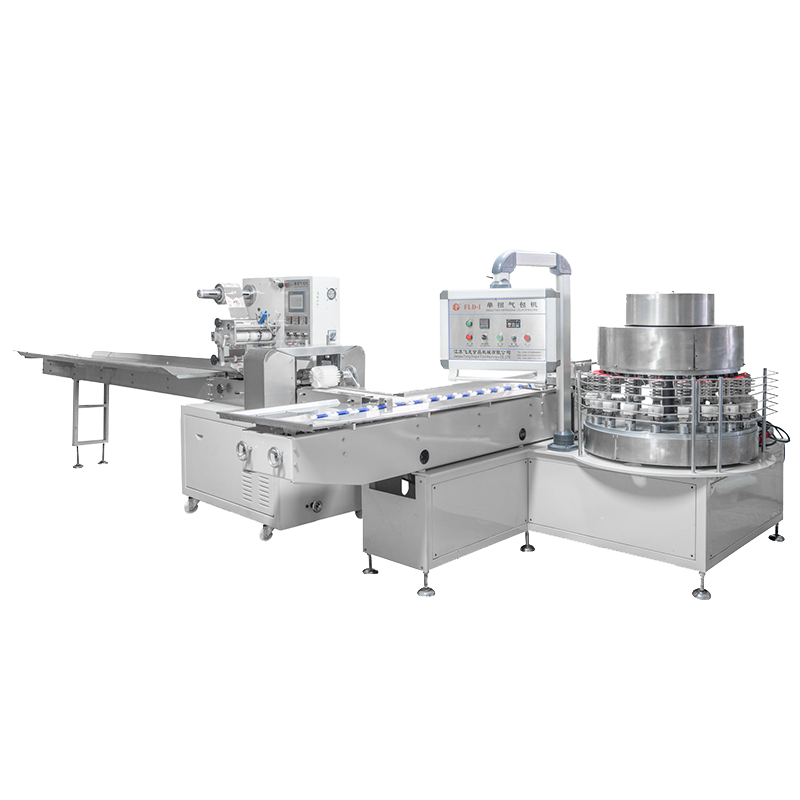
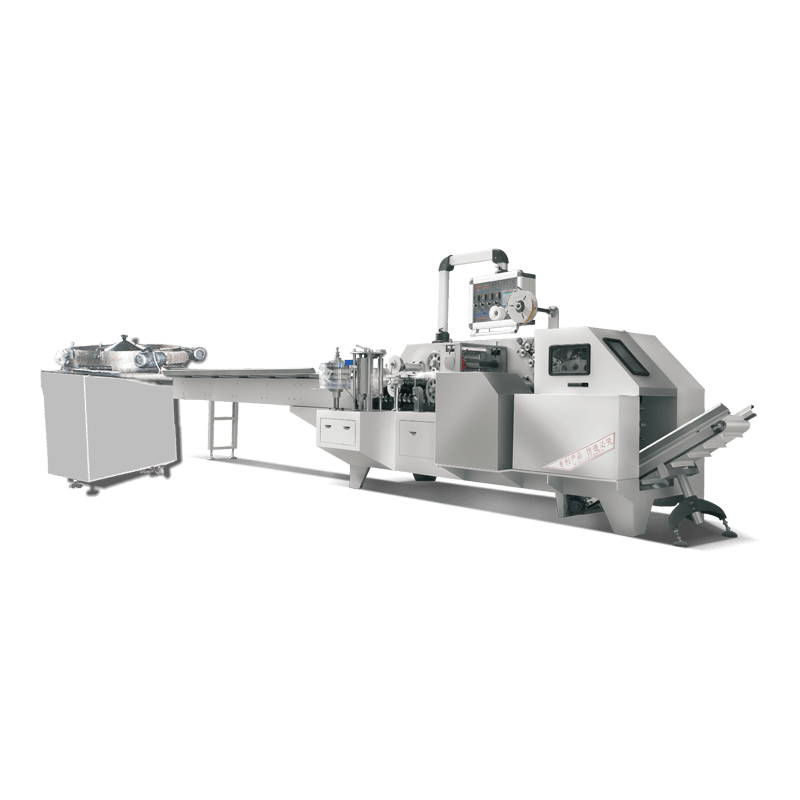
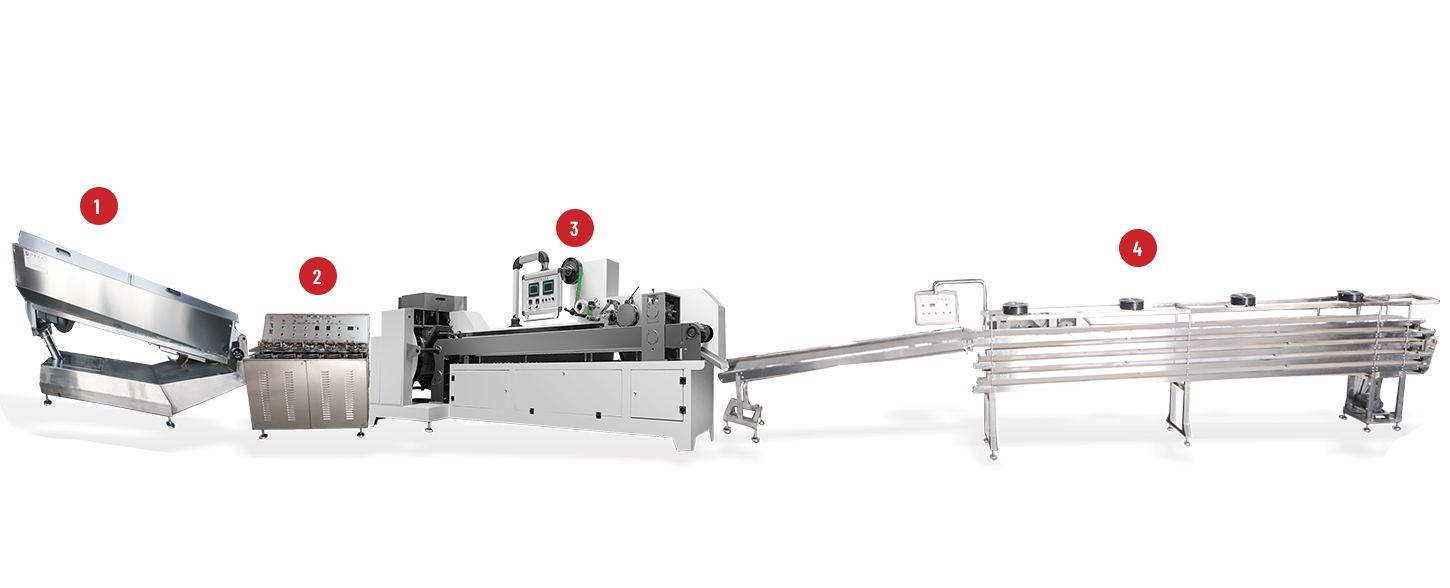
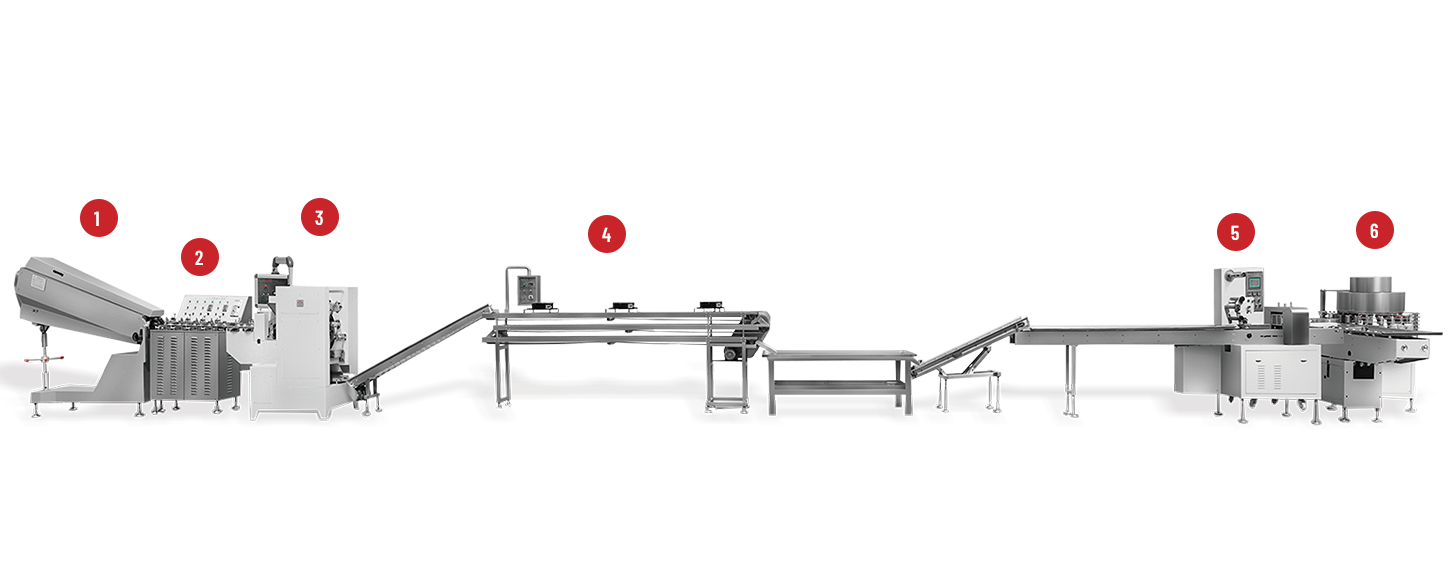
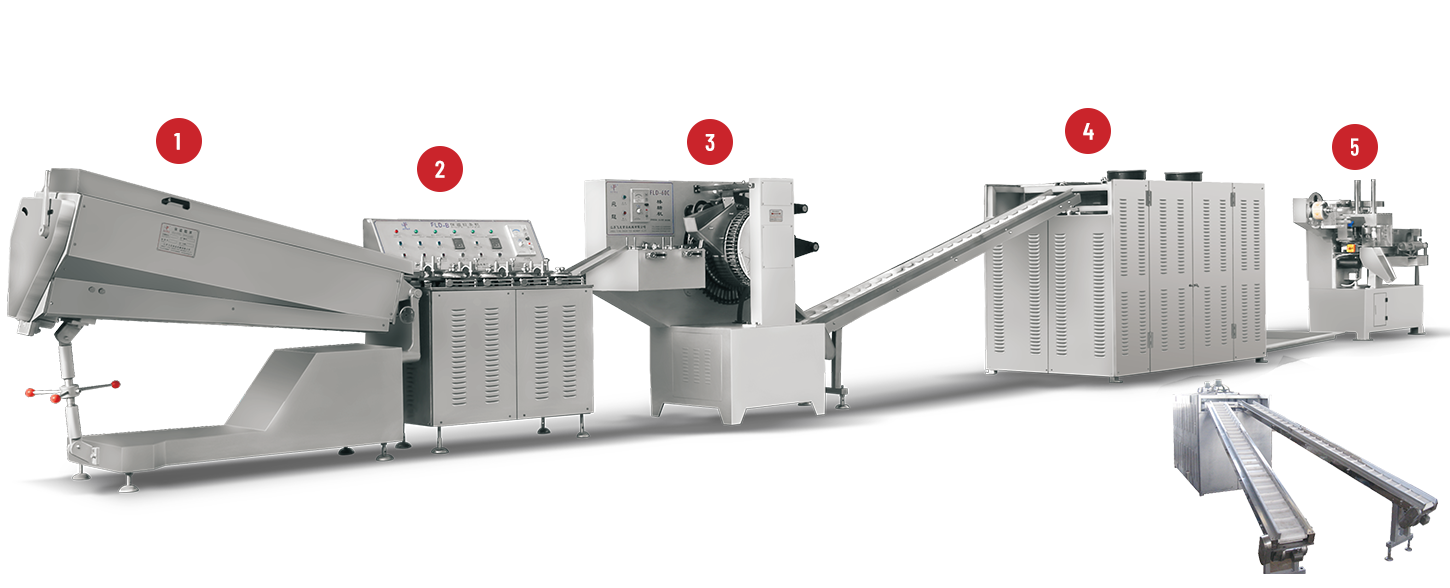
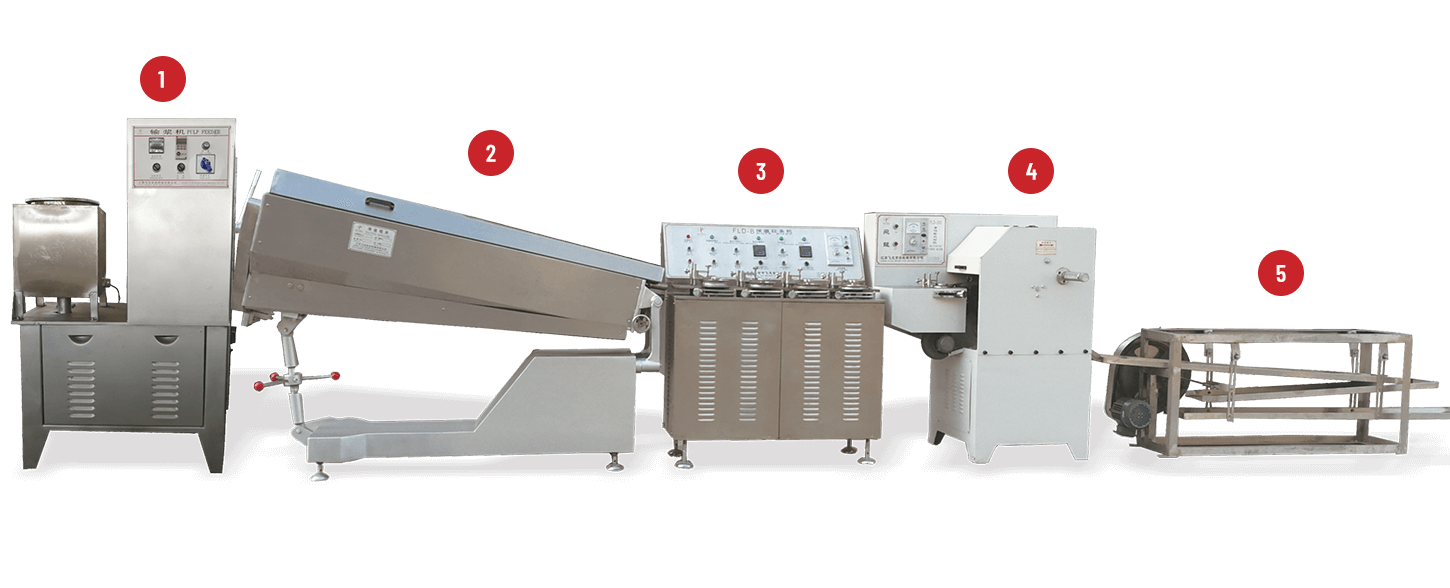
 +86-(0)515-8465666
+86-(0)515-8465666 +86-(0)515-85566996
+86-(0)515-85566996 +86-138 1559 9708
+86-138 1559 9708 flyloong@flyloongcn.com
flyloong@flyloongcn.com 
 Home
Home